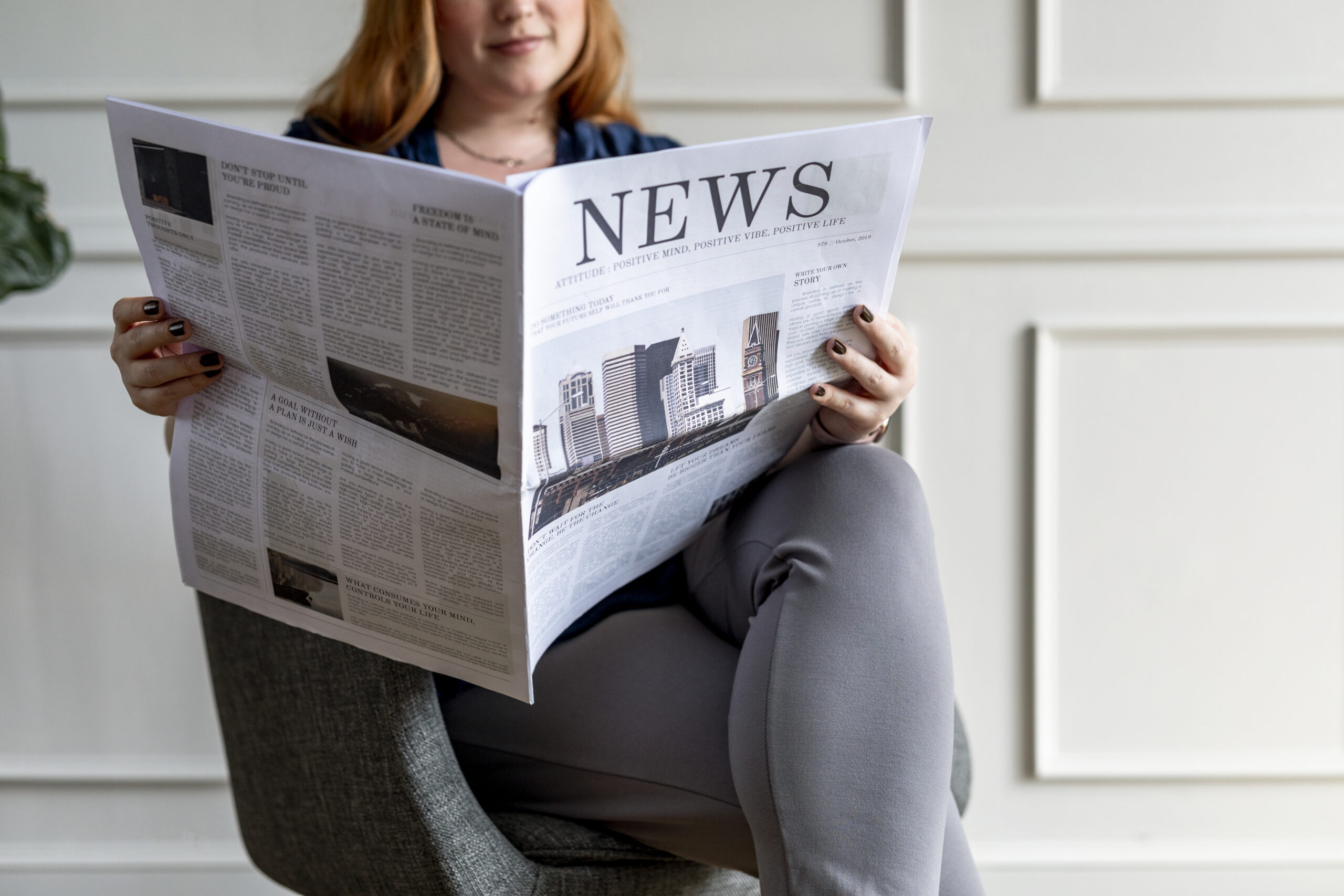MIAMI – Sabrina Guillaume’s parents always urged her to invest in a home in Liberty City.
But when she started the homebuying process in early 2020 at age 24, she hit a lot of obstacles: After getting preapproved for a loan, the pandemic came, and the homes she’d been eyeing rose from the mid-$300,000s to $500,000 in a matter of months. Then there was the matter of getting her finances in order: As an entrepreneur, she had to set aside money for taxes while saving for a new home. And after dealing with what she described as “red-bottom Realtors®” — a nickname she coined for the Miami real estate agents who wear Christian Louboutins — who were steering her to $1 million homes, she kept having to start over until she found the right one.
She finally closed more than a year ago on a duplex in Liberty City near the newly redeveloped Liberty Square. “They literally dragged me to the closing table because I was discouraged,” she told the Miami Herald.
But Guillaume, now 28, said it was important for her to buy back into the community she grew up in, one of Miami’s historically Black neighborhoods that is currently undergoing massive gentrification and a decline in Black residents. The median sales price in the area is now $476,667, according to Zillow.
At a time when only a fraction of Black residents can afford to buy property in South Florida, many Black residents and community members are saying it’s more important than ever for Black people to hold onto generational property in historically Black communities like Liberty City and Coconut Grove, buy whatever they can afford and invest in Black neighborhoods that are at risk of gentrification. But the challenges are great: They face skyrocketing prices, increasing financial burdens and, for those who own property, the temptation to cash out in a soaring market.
As what were once predominantly Black communities in the Miami area begin to change, Guillaume says Black residents can’t afford to sit on the sidelines but need to invest.
Miami rapper Flo Rida is one example of a Black investor “buying back the block” in South Florida. Two years ago, he bought a plaza in his hometown of Miami Gardens.
“I feel like people need to be open-minded as well, and kind of get on the wave before the wave actually happens,” Guillaume said. “So, by the time you start considering maybe moving over there, you can’t afford it. They’ve already developed.”
Miami-area real estate agent Tamekia Daniels said it’s important to preserve Black communities even as speculators are willing to pay what seems like a premium for land in areas with highly desirable locations, like Little Haiti and the West Grove.
“It’s very important because as the neighborhoods become gentrified, it dismantles familiarity and legacy and all of the things that come with being in a certain area,” she told the Herald.
What gets in the way of Black homeownership
Daniels has seen firsthand the challenges Black families face when it comes to purchasing homes. Her clientele has mainly been Black buyers looking to buy homes in the communities they grew up in, such as Liberty City or Little West River — areas where Black residents are being increasingly displaced because of gentrification.
Daniels said Black buyers often face challenges during the homebuying process, such as predatory lending and not meeting income requirements to qualify for loans. Entrepreneurs in particular have a challenging time because they don’t always have their finances in order, she said.
She said she’s seen cases where families don’t qualify for loans because one parent may do odd jobs to contribute to the household, but their finances are not structured in a way that documents their annual income.
While the share of first-time Black homebuyers increased during the pandemic, only 18% of homes were affordable to Black homebuyers in 2024, according to a recent Zillow analysis. In Miami, that number is only 12%, which makes Guillaume one of the lucky ones to close on a home in a market that outprices Black residents.
Ned Murray, associate director of the research institute Metropolitan Center at Florida International University, said Black homeownership growth hasn’t been substantial. “I think it’s really important to understand that things haven’t improved a whole lot,” Murray said. “In fact, they’ve gotten worse.”
Murray noted that 2004 was a milestone for Black homeownership, hitting a highmark of 49%, but it’s decreased considerably since then. The rate of Black homeownership nationally was at 46% in the final quarter of 2024, Murray said citing data from The Federal Reserve Bank of St. Louis. But he noted that is 20% lower than the overall homeownership rate throughout the county.
Orphe Divounguy, a senior economist with Zillow, attributes the lower level of Black homeownership in Miami to Black households not earning as much as white households on average. Citing Zillow research, Divounguy explained that while the median household income in the Miami metro area is about $70,899, Black households earn $61,111 on average, compared to $78,150 for white households.
Divounguy also pointed out that metropolitan areas like Miami, which have a lot of Black households, haven’t been keeping up with the demand for affordable housing, which makes Black residents even more cost burdened.
Beyond income and housing costs, another challenge to Black homeownership is low credit scores.
Teri Williams, CEO of the Black-owned bank OneUnited, announced a forgivable loan program for first-time homebuyers of color in February and expected to receive a number of qualifying applications from people in Miami.
But to her disappointment, only three Miami applicants were approved. Many applicants had credit scores in the 400 and 500 range and were ineligible. Williams and her colleagues at the bank noticed that low credit scores and high debt-to-income ratios negatively impacted applicants and prevented them from qualifying.
“It has been a challenge,” she told the Herald. “We’ve had a lot of applicants but very few approvals. What we’re seeing is that a large part of our community isn’t aware of what their credit score is and how to fix it.”
‘Don’t sell mama’s house’
Daniels and Murray emphasized that besides getting Black homebuyers into properties, one of the most important goals right now is to keep Black homeowners in their homes. As housing prices soar in South Florida, many say that holding on to family homes is more important than ever.
Real estate and mortgage broker Danny Felton, who recently spoke on a panel called “Don’t Sell Mama’s House” during the Black Wealth Summit at Florida Memorial University, said Black homeownership is fundamental to creating generational wealth.
“We have to look at real estate as an investment tool, not a burden,” said Felton, 54. “If I purchase it today, it’s a basic need, and it will appreciate. Owning a piece of property is paying yourself. You can’t write off rent on your taxes.”
Felton grew up in Liberty City with a father who showed him the importance of homeownership.
In 1977, Felton’s parents, Willie Felton Sr. and Freddie Lee Felton, sold their house in Liberty City, and the money they made helped them buy a property in Little River for $17,500. They built a new four-bedroom, three-bathroom home there that Willie Felton Sr. still lives in today.
In order to get the house built, Felton Sr., a mechanic, had to trade skills with other Black men in the neighborhood, like the architect who drew his blueprints and the electrician who wired the house.
Time has shown Felton Sr., now 91, the value of hanging on to the family home.
“I sold a different house around the corner from it for $490,000,” said Danny Felton, who has been selling and managing properties for 30 years.
Danny Felton says that doing so has changed his life. He has prioritized sharing information he’s learned about homeownership with other Black Miami natives and people like him.
Over in Coconut Grove, Clarice Cooper, 74, has been telling neighbors for years to hold on to their homes.
Cooper is the president of the Coconut Grove Village West Homeowners and Tenants Association, and her family has lived in the Grove for 100 years. She’s been warning her community about gentrification and what they stand to lose if they sell.
She is constantly seeing investors swarming to snatch up property. Most have no intention of living there.
“Even if they’re not going to occupy it, they’ll [buy] it, upgrade and rent it out,” she said. “It’s a lot of flipping, too. We try to urge people to see that if you sell your house for $500,000 to $600,000, it will be sold for $7 million to $8 million.”
Cooper bought her home in Coconut Grove for $43,000 in 1981. Today, she has to regularly decline offers to buy her house ranging from $800,000 to $1 million.
“We’re losing ground every day,” she said. “A lot of people want to return to Grove but can’t get back in here.”
©2025 Miami Herald. Visit miamiherald.com. Distributed by Tribune Content Agency, LLC.


